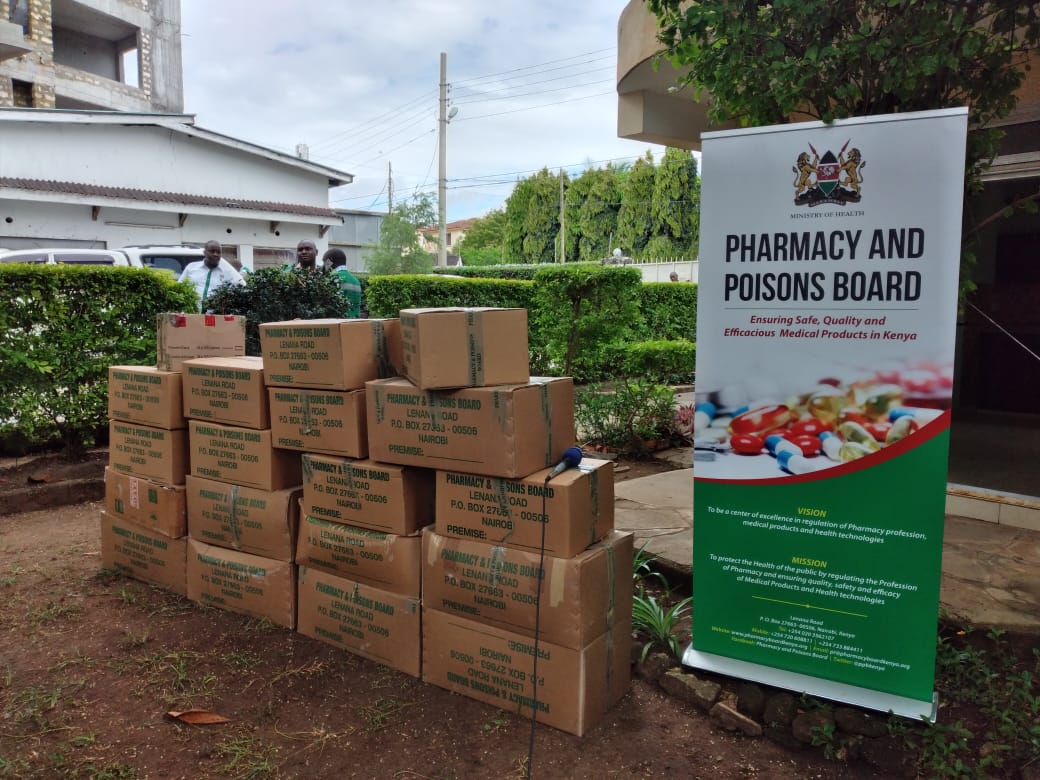Ignored allergies, sleepless nights: How undiagnosed sinusitis disrupted Leila’s life

Acute rhinosinusitis is responsible for a large portion of adult antibiotic prescriptions, making it a leading cause of antibiotic use.
Leila Noor* was just 12 years old when she began experiencing allergy symptoms—sneezing, a constantly runny nose, and watery eyes. At the time, like many others, she didn’t recognise these symptoms as a medical condition. Now in her late twenties, the allergies have persisted and even worsened, affecting her daily life in ways she never imagined.
What began as a mild sensitivity has grown into a complex and persistent allergic condition.
While many people are allergic to dust, Leila’s triggers go beyond that. Exposure to cold air, strong perfumes, and even weather changes can all set off intense reactions. One of the most debilitating symptoms she experiences is pressure headaches.
“Strong perfumes, for example, can trigger a headache so intense it feels like my head is about to explode. There are nights I can't sleep because my nose is completely blocked, especially during cold weather,” she says.
To manage her symptoms, Leila relies on over-the-counter antihistamines, which she buys without a prescription. Her long-standing belief that allergies cannot be permanently treated has kept her from seeking long-term medical solutions, leaving her dependent on short-term relief.
Due to the drowsiness the medication causes, she uses it only sparingly—about once a week. In the meantime, she turns to home remedies such as steam inhalation infused with mint, menthol, rubs and herbal mixtures to help ease nasal congestion and provide temporary comfort.
“Most of the time, when I’m in an environment without access to medication, I stay awake the entire night just sneezing,” she explains. “I’ve never sought medical help for it because my sister also has allergies, and I learned to cope by watching how she manages hers.”
Professional help
Despite over a decade of discomfort and sleep deprivation, Leila has never consulted a doctor. Because she manages her symptoms at home, she has never seen the need to seek professional help.
Her experience highlights a broader issue: many people tend to dismiss allergies as minor inconveniences rather than recognising them as conditions that, if left unmanaged, can evolve into chronic problems with serious impacts on quality of life. This widespread perception can delay early diagnosis and effective treatment.
If not properly managed, sinusitis can progress into a chronic condition known as chronic rhinosinusitis (CRS). This condition involves long-term inflammation or swelling of the sinus cavities and is typically diagnosed when symptoms persist for 12 weeks or more, despite attempts at treatment. CRS can significantly affect quality of life, leading to ongoing congestion, facial pain or pressure, reduced sense of smell, and constant fatigue.
Dr Esther Mukuhe, a medical practitioner based in Nairobi, explains that sinusitis, when triggered, can significantly interfere with normal breathing.
"When the sinuses become inflamed, they swell and can block the normal airflow in and out of the nasal passages. This creates discomfort and can make breathing feel laboured," she says.
Environmental factors
She notes that sinusitis can be triggered by environmental factors such as dust, cold weather, or strong smells, which cause inflammation in already sensitive sinus tissues. This inflammation results in constriction of the nasal pathways, which not only impairs breathing but also leads to fatigue.
“People with sinusitis often experience extreme exhaustion during flare-ups because the body works harder to compensate for the restricted airflow,” Mukuhe explains.
“This overexertion can even result in symptoms like snoring, dizziness, and in severe cases, fainting, due to reduced oxygen circulation.”
She emphasises that chronic sinusitis, medically referred to as chronic rhinosinusitis, is not just a seasonal issue.
“Even outside of cold or dusty conditions, many people with chronic sinusitis constantly have swollen and inflamed nasal passages,” she says.
In some advanced cases, the sinus tissue can grow abnormally, forming polyps, which may require surgical intervention.
“When sinusitis becomes chronic and progresses over time, especially if it begins in childhood, it can be much harder to manage without medical treatment. Surgical options may be necessary,” she says.
Mukuhe also warns that the condition can have long-term consequences if left untreated.
“Sinusitis affects more than just the nasal passages. It can interfere with lung function because people end up forcefully inhaling to get enough air, which can expand the lungs excessively and, in extreme cases, lead to fluid buildup in the lungs,” she explains.
Proper medical evaluation
She stresses the importance of proper medical evaluation, particularly when symptoms escalate to chronic snoring, persistent congestion, or frequent respiratory infections.
“I've seen people rely on home remedies like steam inhalation with menthol or mint, which can offer temporary relief. However, sinusitis should be properly diagnosed and treated by a medical professional. If neglected, it can lead to serious complications like lung strain, reduced oxygen levels, and decreased overall productivity,” she cautions.
Untreated sinusitis can lead to several serious complications. It may develop into chronic rhinosinusitis, causing persistent symptoms like nasal congestion and facial pain, often requiring more intensive treatment.
The infection can also spread to nearby areas, leading to orbital cellulitis, meningitis, or a brain abscess.
If left untreated, sinusitis can result in worsening symptoms, affecting daily life and mental health.
Additionally, untreated bacterial sinusitis can cause antibiotic resistance, making future infections harder to treat. It can also lead to hearing problems and worsen conditions like asthma and allergic rhinitis.
People with weakened immune systems are especially vulnerable to severe complications. Prompt treatment is essential to avoid these risks and ensure recovery.
According to the National Library of Medicine, acute sinusitis, also referred to as acute rhinosinusitis, is an inflammation of the sinuses that often occurs alongside inflammation of the nasal passages.
Substantial healthcare costs
Acute rhinosinusitis is a common condition, resulting in a significant number of primary care visits and substantial healthcare costs globally. It is also one of the most frequent reasons for prescribing antibiotics.
Due to growing concerns over antibiotic resistance and the importance of responsible antibiotic use, recent clinical guidelines stress the need for clear and evidence-based treatment approaches.
Rhinosinusitis is generally classified based on the duration of symptoms: acute (less than four weeks), subacute (four to twelve weeks), chronic (more than twelve weeks), and recurrent (four or more episodes per year, each lasting under four weeks with complete recovery between episodes). The majority of acute rhinosinusitis cases are caused by viruses such as rhinovirus, adenovirus, influenza virus, and parainfluenza virus.
When bacterial, the most common pathogens involved are Streptococcus pneumoniae (38 per cent), Haemophilus influenzae (36 per cent), and Moraxella catarrhalis (16 per cent). Although uncommon, fungal infections can also lead to acute rhinosinusitis.
Acute rhinosinusitis is responsible for a large portion of adult antibiotic prescriptions, making it a leading cause of antibiotic use.
Among children with respiratory symptoms, approximately 6 to 7 per cent are diagnosed with acute rhinosinusitis, and about 16 per cent of adults are diagnosed with acute bacterial rhinosinusitis each year.
Top Stories Today











































